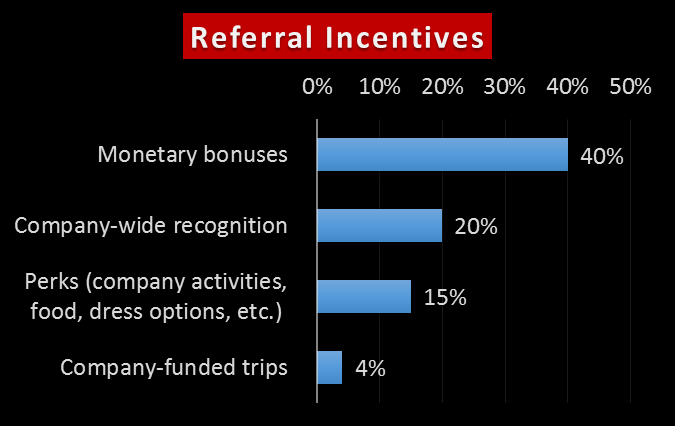 |
McClure, president of Unbridled Talent LLC in West Chester, Ohio, offered her tips at the Society for Human Resource Management’s Annual Conference and Exposition, held recently in Las Vegas. Here are three of her seven strategies:
1. Workforce Planning
In the old days, says McClure, we did headcount planning. Today, it’s workforce planning, which she defines as:
The process that provides strategic direction to talent management activities to ensure an organization has the
- Right people in the
- right place at the
- right time and at the
- right price to execute its business strategy.
What to do? First, identify critical roles and talent within the organization. This isn’t restricted to high-level management, says McClure. This could be a salesperson who’d take customers, or an admin person with important contacts.
Then, identify shortages of qualified talent to fill critical roles. Finally, determine whether to buy, build, or borrow.
- With buying, says McClure, remember that top talent won’t move for a small increase or a lateral move.
- Building usually means retraining or sending people to school.
- Borrow means outsourcing in some way.
Also consider that not everyone has to work 9 to 5 in your office, says McClure. Consider part-timers, contractors, those who are on/off every 6 months, and other options.
p>Want to stay current in the field of HR? Get the authoritative HR publication by BLR®, HR Decisions Magazine. Download Now
2. Attract and Recruit
Candidates have the upper hand these days, says McClure. Thanks to the internet, they know what’s open, and they know a lot about employers.
And the challenge, according to McClure, is that a projected shortfall of up to 18 million skilled workers will exist in advanced economies by 2020 (Talent Tensions Ahead: a CEO Briefing, McKinsey Global Institute, McKinsey and Company).
To succeed in attracting and recruiting, think like a job-seeker, says McClure.
- 70% run a Google search.
- 55% check out the company website.
- 40% search ratings sites, such as Glassdoor and Yelp.
- 40% check out the company’s Facebook page.
- 36% follow the company on Twitter.
- Only 4% of job-seekers start their job search with a specific company in mind (Talent Tensions Ahead: a CEO Briefing, McKinsey Global Institute, McKinsey and Company).
What are the top attraction drivers?
- Base pay/salary
- Job security
- Career advancement opportunities
- Learning and development opportunities
- Challenging work
- Organization’s reputation as a good employer
- Vacation/paid time off
Stay aware of the following, suggests McClure:
- What’s the cost of unfilled jobs?
- What’s the cost of top talent leaving?
Top talent is not available for long; these candidates won’t wait for a long process. So don’t let your hiring managers say, “I want to see a few more,” if they’ve seen a top prospect.
Want the latest in HR research plus advice from HR experts? Check out our bimonthly HR publication, HR Decisions Magazine. Download Now
3. Retain Key Employees
“Do you know who your key employees are?” asks McClure. “And are you treating them for retention?”
How many employees are actively looking for work?

(Source; LinkedIn Talent trends Survey 2014)
One study found that 42% of employees would stay with their current companies for the prospect of job advancement or promotion, McClure says.
Also, benefits matter. The table below clearly shows that those who are satisfied with their benefits are much more likely to be satisfied with their jobs as well.
|
|
Satisfied with benefits |
Very dissatisfied with benefits |
|
I am very satisfied with my job. |
70% |
23% |
|
I have no plans to leave my current employer. |
59% |
38% |
(Source: Employer Benefit Trends—MetLife)
In tomorrow’s Advisor, the rest of McClure’s seven tips, plus an introduction to?????????????????
